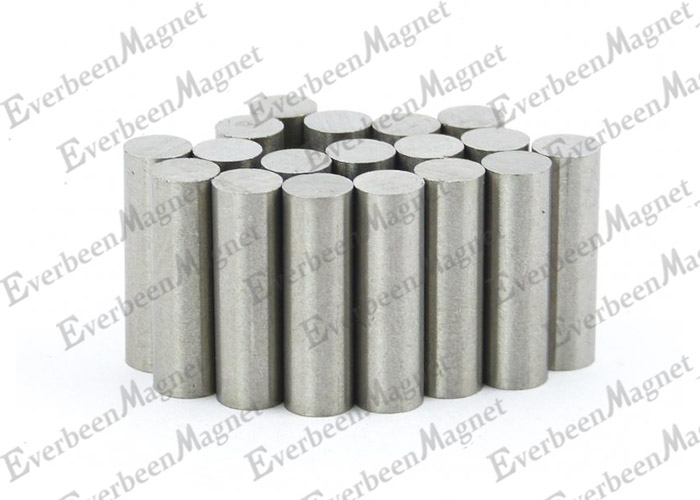Neodymium magnet manufacturer strengthens magnetic force technology
Neodymium iron boron, also known as NdFeBmagnet (NdFeBmagnet), is a tetragonal crystal composed of neodymium, iron, and boron (Nd2Fe14B).
What is the effect of temperature on ndfeb magnets?
Ambient temperature. Since sintered NdFeb is extremely sensitive to operating temperature, the instantaneous and continuous maximum and maximum ambient temperatures may demagnetize magnets to varying degrees, including reversible and irreversible, recoverable and unrecoverable.
Maximum operating temperature
Temperature limitations on NdFeb magnets have led to the development of a range of grades of magnets to suit different operating temperature requirements. Please refer to our performance catalog to compare the operating temperature range of the grades of magnets. Confirm the maximum operating temperature before selecting the NdFeb magnet.
 Curie temperature
Curie temperature
The Curie temperature of NdFeb is 320¡æ-460¡ãC. The Curie temperature or magnetic transition point refers to the temperature at which the material can change between a ferromagnet and a paramagnetic body, that is, the transition temperature of the ferroelectric body from the ferroelectric phase to the paramagnetic phase. The temperature corresponding to the disappearance of ferromagnetism is the Curie point temperature.
Tags: neodymium magnets Ndfeb magnets Smco magnets
